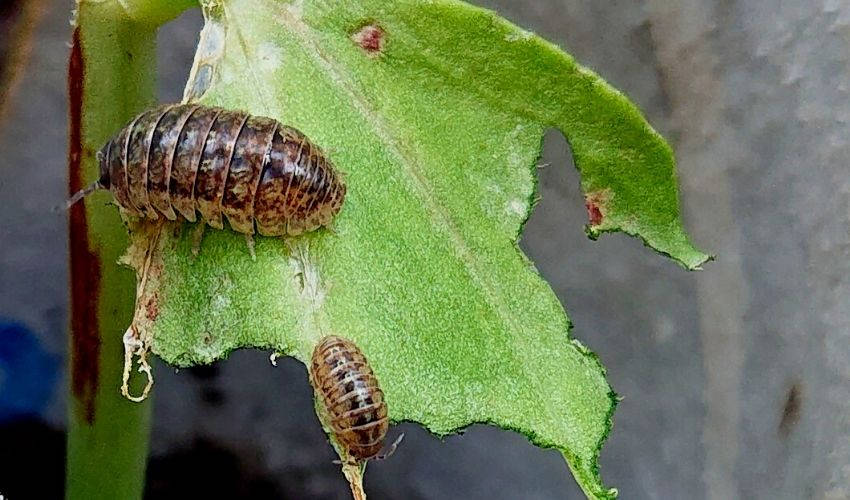
Organic Control and Prevention of Pests in planting
1. Pickleworms
Pickleworms are tropical insects and cannot tolerate cold temperatures.
Because of Pickleworms are aggressive eaters, preferring the buds and fruits of cucurbits, Summer squash, cucumbers, gerkin and cantaloupe.
Adult Pickleworms

Adult moths lay tiny eggs directly on growing areas of the plant, such as new leaf buds, flowers and shoots.
Their Eggs are white initially, but change to yellow as they mature. Eggs hatch in about 4 days.
When pickleworms grow they drag into fruit and continue to feed, causing internal damage to fruit. Entry holes are marked with a pile of white frass. Damaged fruit usually sours, spoils and rots.
Control Pickleworm
- Using Raw covers
You can Protect your plants by covering them with floating row covers at night (uncover them during the day so bees can pollinate their flowers). Since pickleworm moths are active after dark, nighttime protection is the best prevention.
- Neem oil presticide
Most importantly Neem oil is 100% natural, Environment-friendly is inexpensive, and offers a long-term solution to pest problems.
Neem oil is extracted from the fruits and seeds of the neem,
To make your own neem oil pesticide spray,
- First, To make an one litre of general-purpose neem oil spray, you need to mix 5 ml neem oil, 2 ml of liquid soap and 1 Liter of water
- Then, Pour the mixture into a spray bottle and it is ready to use.
- Finally, You’ll need to use the mix within 8 hours as beyond that the ingredients will start to break down.
2. Codling Moth
The codling moth is a member of the Lepidopteran family Tortricidae.
They are major pests to agricultural crops, mainly fruits such as apples and pears.
Because the larvae are not able to feed on leaves, they are highly dependent on fruits as a food source and thus have a significant impact on crops.

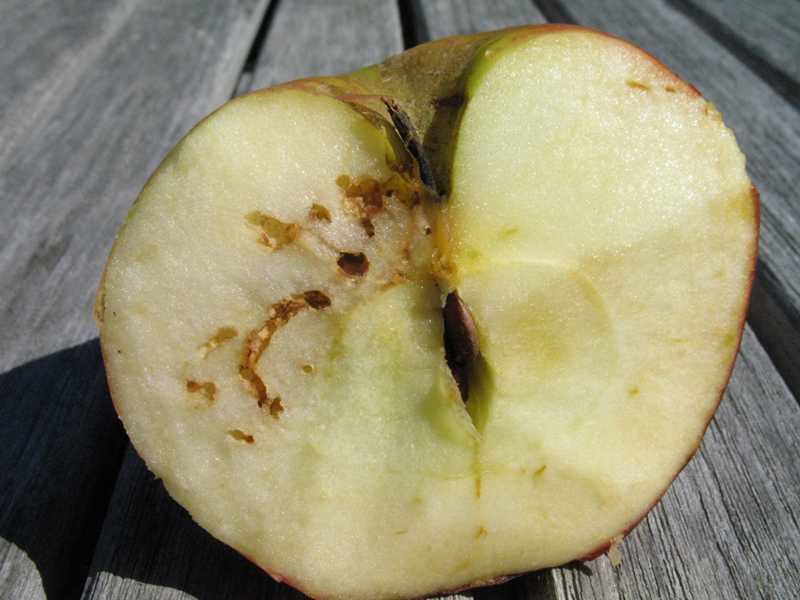
Codling moth Control
You can prepare a homemade codling moth trap from a 1-gallon milk jug containing 1 cup of cider vinegar, 1/3 cup dark molasses, 1/8 teaspoon ammonia and enough water to make 1 1/2 quarts.
Then Cap the bottle and cut a 2-inch diameter hole.
Finally Hang one to three traps per tree.
For More Information:
3. Aphids
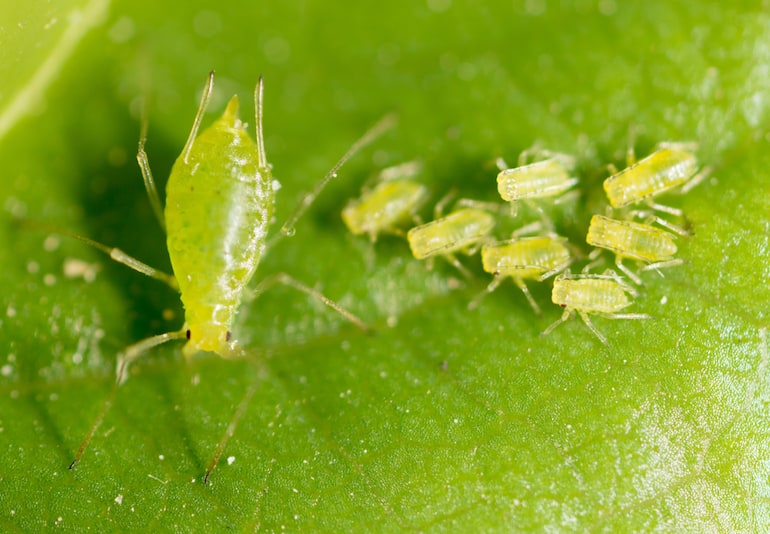
Aphids seem to find their way into every garden. They are small, soft-bodied insects that feed by sucking the nutrient-rich liquids out of plants.
As a result of large number of aphids, they can weaken plants significantly, harming flowers and fruit.
Aphids control
- You can Spray high pressure of water from a garden hose to aphids off, such as the jet stream of water produced by placing your finger over the opening of your garden hose. This method is most effective early on in the season before an infestation has fully taken hold.
- You can spray Fireplace ash on plant leaves.
- The organic compounds in neem oil act as a repellent for aphids and other insects, including mealy bugs, cabbage worms, beetles, leafminers, ants and various types of caterpillars.
- Crop Rotation- Crop rotation involves the planting of different seeds on the same land in different years or seasons, using a set pattern. This technique helps reduces plant-specific pests on the land. It also replace the nutrients in the soil for the plants.
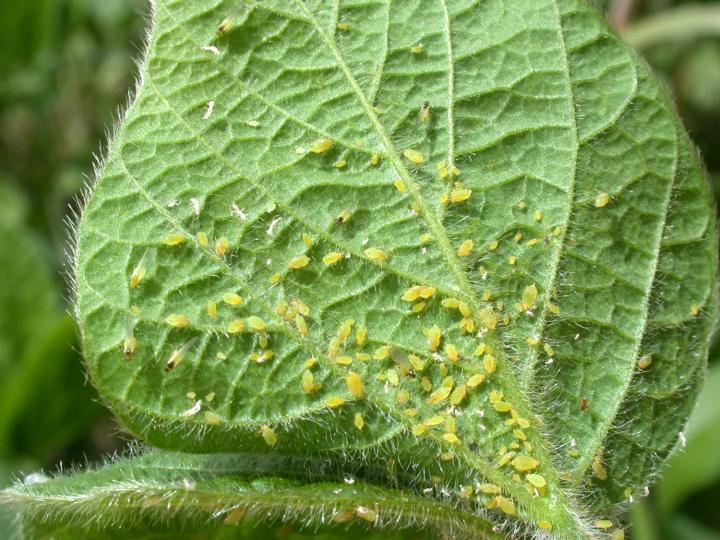
For more Information
4. Eggfruit caterpillar

Eggfruit caterpillar moths have yellowish-brown patterned wings with a 25 mm wingspan.
At rest they sit distinctively with the abdomen curled upwards.
Eggfruit caterpillar Organic control methods
- Spray Soap mixed Water
- Neem oil spray
- Pepper and Garlic Mixture- 1 tablespoon of dried red pepper flakes,mix into a gallon of water.
- Chilli Spray-
- First combine 3.5 ounce grind chillies with 1/2 gallon of boiling water for 5 minutes, remove from heat, then add 1/2 half gallon of cold water and 2-3 drops of liquid soap.
- Then stir well and let the mixture cool for a few hours.first try sample of this for your affected plant, then check in after 24 hours.if there are no adverse effects to the plant, then use the spray all over the plant as needed.
- Vinegar solution- Mix 2 tablespoons of vinegar with 4 liters of water and spray on plants.
Whiteflies
Whiteflies are tiny (1.5 to 2.0 mm) sap-sucking insects that can damage vegetables grown in the open and in greenhouses.
In addition to that their damage is worst in spring and autumn. The adults resemble small moths and fly in large numbers when disturbed.
The young stages have no wings and look more like scale insects. Insects such as lace-wings, ladybirds and hoverflies will feed on whiteflies.
Whiteflies can be difficult to control using pesticides. Control with sprays such as dimethoate, garlic extract, maldison or pyrethrins.
Insecticidal soaps and soapy water may also reduce numbers.

Mites
Mites have eight legs compared to insects (which have six legs) and are much smaller than most insects (less than 1 mm).
Moreover, Mites are sap-suckers and damage can range from stippling on the leaves of the plant, to bronzing of the stems and leaves.
Most people are unaware of this pest because it cannot be seen with the naked eye; a lens which magnifies 20 times is needed to see them.
In summer the damage they cause is easily identified. The stems of the plant become bronzed, the lower leaves wither and die and the skin of the fruit becomes leathery.
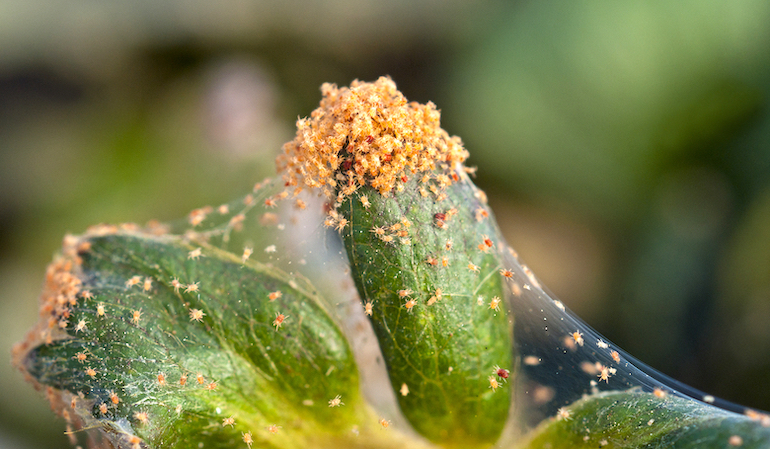
For more Information
Slaters
Slaters or woodlice are small crustaceans that hide in damp situations in the garden.
Slaters feed on organic matter, but at high densities they can damage new seedlings and ripe fruit such as melons, strawberries
and the roots of pot plants.

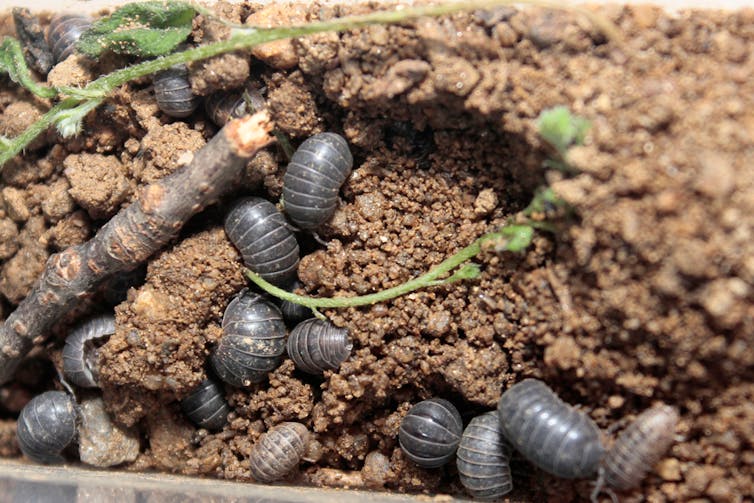
Slaters Control
- Grow at-risk plants like strawberries in containers, raised from the ground with no leaves or fruit touching the earth.
- Always keep seed bed soil as neat and tidy as possible, to remove hiding places.
- And when you do use mulch, rake it over lightly once a week or so, ideally on a sunny day. This will disturb the damp conditions the insects love and encourage them to move elsewhere.
- Use collars around tender stems to make a physical barrier. Plastic drinks bottles with the ends cut off are ideal, and can be easily removed later.
- Scatter halved citrus fruit around your veggie patches, with the fleshy side down. These will act as decoys, attracting slaters to their dark, damp, and food-filled undersides, and you can then collect and dispose of the bugs in bulk.
- Another decoy idea is to fill old food containers with potato peelings or other enticing scraps which provide a home and larder in one.
Snails and slugs
These molluscs can attack most crops and chew holes in leaves and kill seedlings.
They are most active at night, especially in moist weather. Control is especially important in April and May when the adults lay eggs.

Snails and slugs control
- Coffee grounds spread round plants you want to protect do deter slugs and snails.
- Slugs love beer, apparently. A container such as a margarine tub or large yogurt pot sunk into the ground so the rim is at or just above soil level, filled with beer acts as a Slug Trap.
- Slugs can’t cross copper,You can use a Copper ring as a barrier around an individual plant, however it works best to protect plants in pots.
- A ring around the pot, just below the rim prevents the slug from getting at the plant in the pot.
- These are successful until the plant grows; its leaves touch a neighbouring plant and the slugs and snails use it as a bridge.
Thrips
Thrips are small (1 to 2 mm long) torpedo-shaped insects, varying in colour (yellow, green, grey, or black).
Thrips suck the sap of leaves, fruit and flowers and this feeding results in white streaks on the plants.
Some species are carriers of tomato spotted wilt virus. Control with dimethoate, garlic extract, maldison, omethoate or pyrethrins.

- Start clean and stay clean. Unnecessary or too much application of nitrogen composts may encourage greater populations of thrips.
- Covering with botanical neem oil is an effective and safe method that defeats leaf disease growth.
- Soap works well to treat the parts of the garden that are experiencing a heavy infestation. This will not harm any beneficial insects.
- Coverings can eliminate thrips and other pests from your plants. Make sure it allows adequate light and sufficient airflow. Use row covers before your seeds sprouts.
- Examine every plant that you carry into your greenhouse for any indications of thrips. Remove all infected plants by securely seizing and throwing in the garbage.
Caterpillars
Caterpillars are usually the larval stages of moths or butterflies.
They are normally hairless, with a long cylindrical body (10 – 50 mm long) and range in colour.
Caterpillars may attack leaves, stems, flowers, fruits and roots.
Green caterpillars of the large cabbage white butterfly and the small diamond-back (cabbage) moth can severely damage the leaves of the Brassica family (such as broccoli, cabbage and cauliflowers
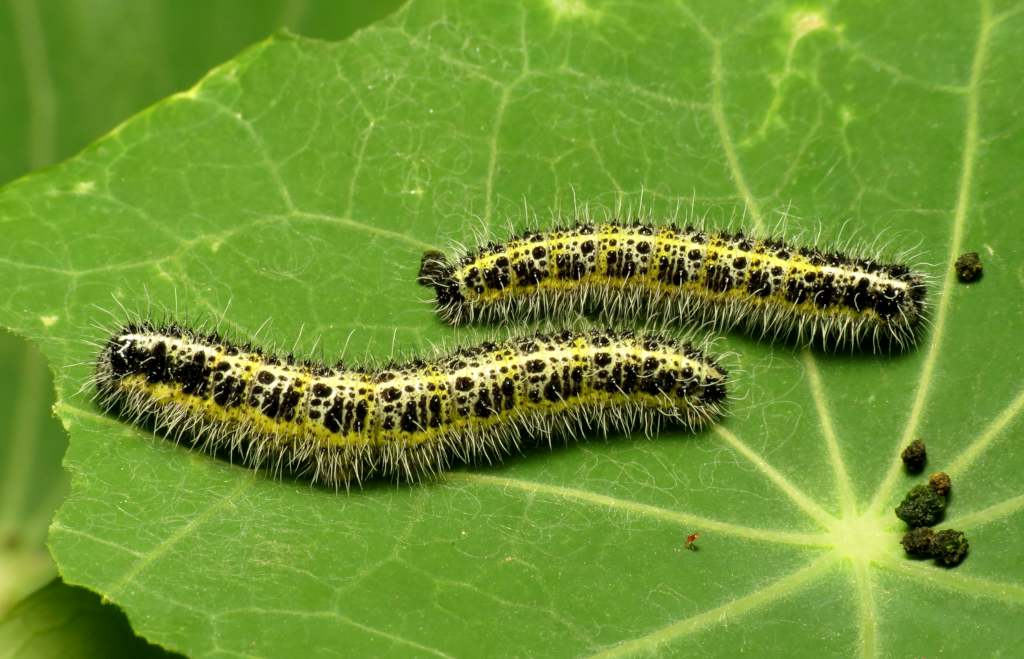
Control caterpillars
- Don’t light your garden at night. Remember, moths are attracted to light. If you light your garden in the evening, you are sending out a beacon for moths.
- Rotate your crops. Don’t plant the same type of plants in the same place year after year.
- Put caterpillars in their place! Of course the caterpillars you most want to get rid of are moth caterpillars.
- Neem oil can also be used to control caterpillars, and it is effective against a number of other garden pests such as beetles and aphids. Take care when using Neem oil for getting rid of caterpillars.
- Garlic Spray
- In a spray bottle, mix two cups of water with two spoonfuls of garlic powder. Add a teaspoon of dish soap, which will create an adhesive element that will allow the spray to stick to caterpillars and plant leaves. Spray onto the caterpillars as well as surrounding shrubbery and soil.
5 thoughts on “Organic Control and Prevention of Pests in planting”
Leave a Reply
You must be logged in to post a comment.
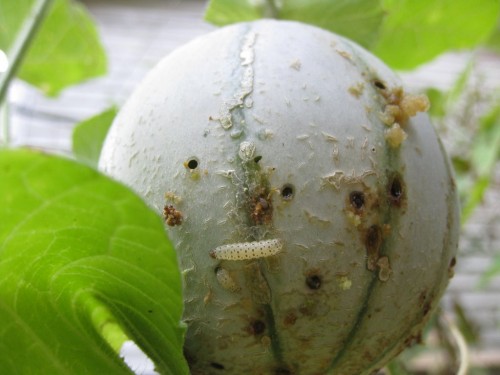
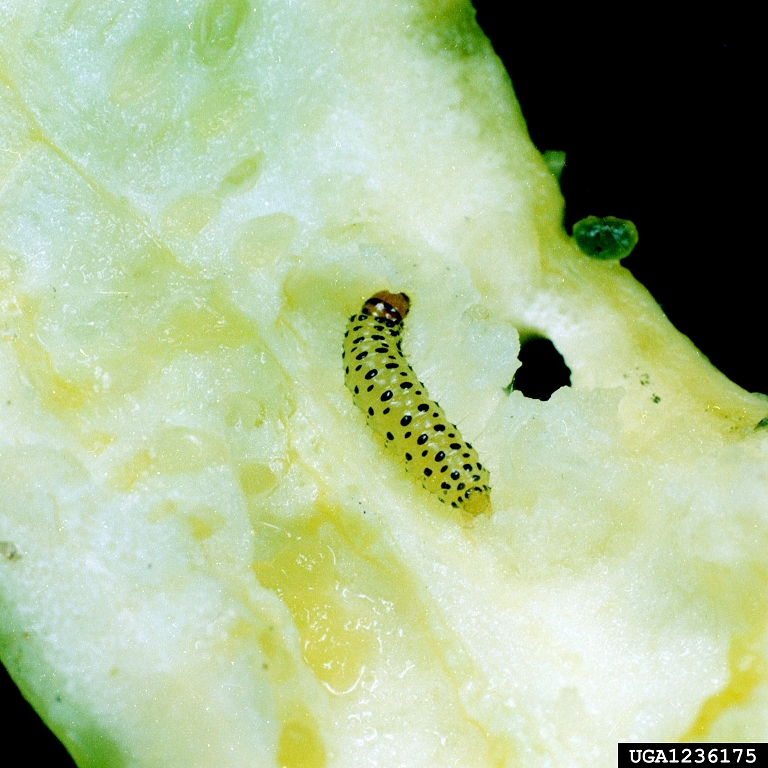

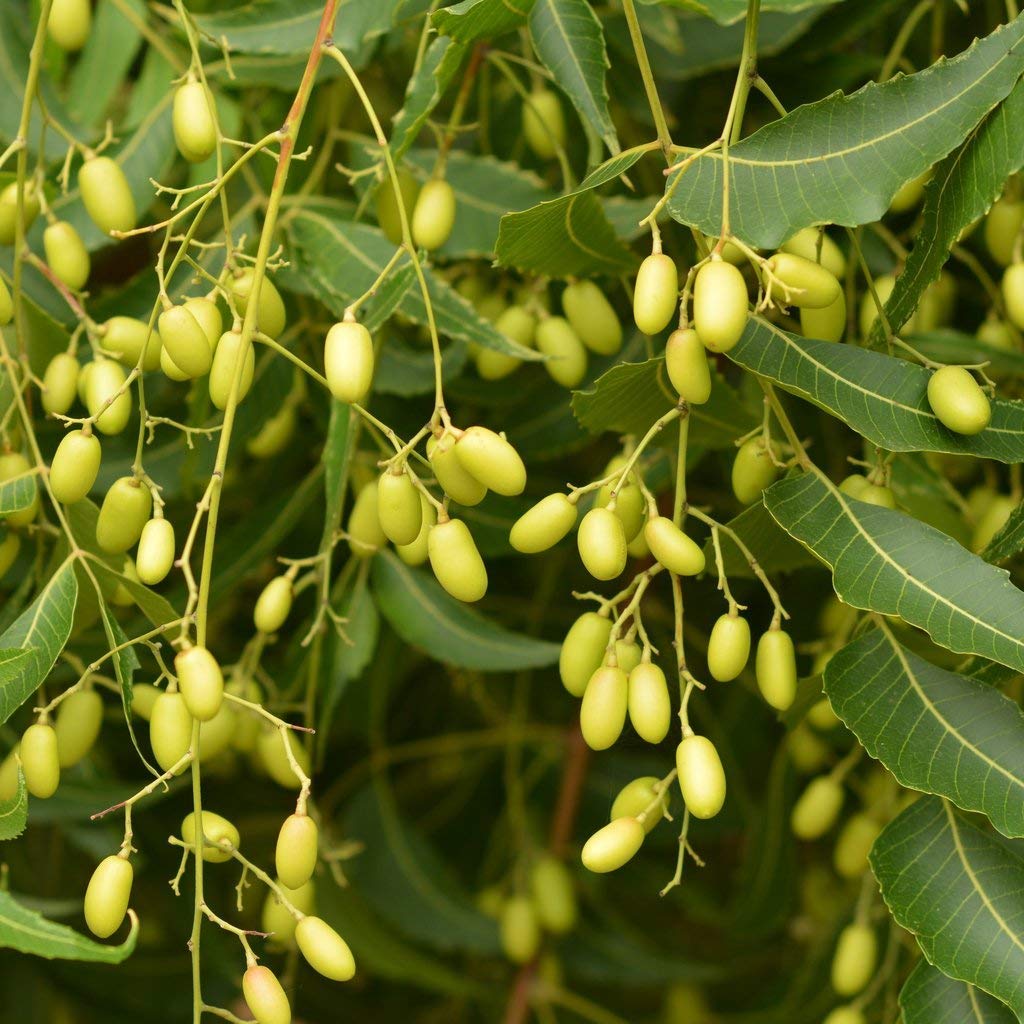
Pests controlled : Yellow traps attract whiteflies, fruit flies, male winged scales, leafhoppers, fungus gnats, midges, male winged mealybugs and leafminers, thrips, psyllids, and winged aphids. White traps lure whiteflies, plant bugs, cucumber beetles, and flea beetles. Light blue traps attract flower thrips, and red spheres attract the flies whose eggs hatch into apple maggots.
Appreciating the commitment you put into your blog and in depth information you present. It’s great to come across a blog every once in a while that isn’t the same outdated rehashed information. Wonderful read! I’ve bookmarked your site and I’m adding your RSS feeds to my Google account.
Thank you
Can I ask you to expand this? Perhaps provide any further example? Thanks!
Yes our team is working on providing some more information on this topic